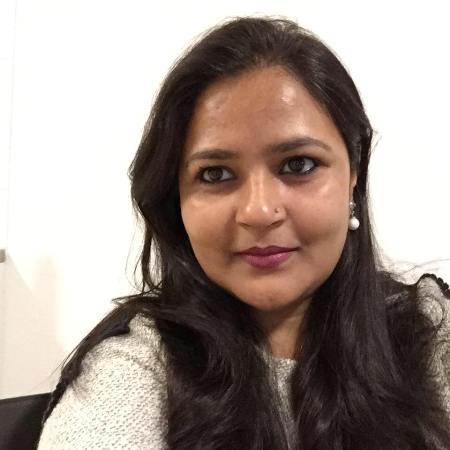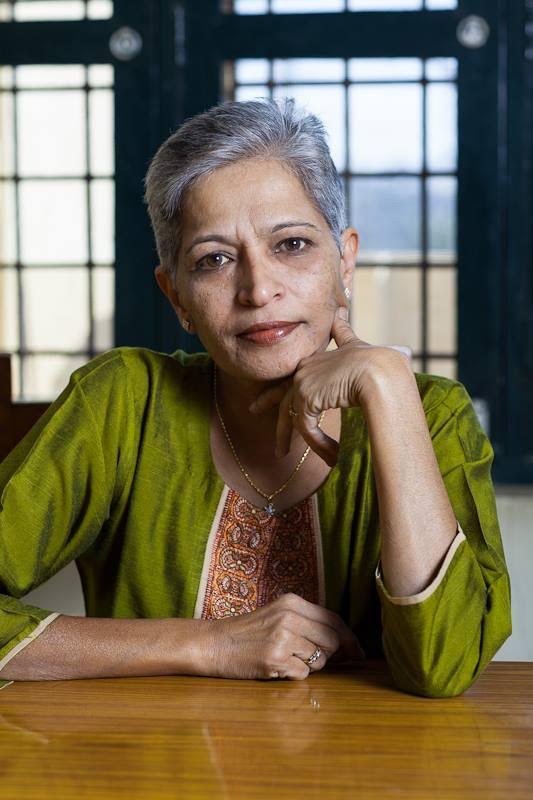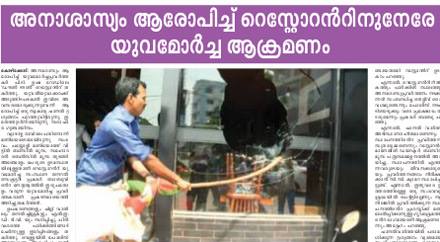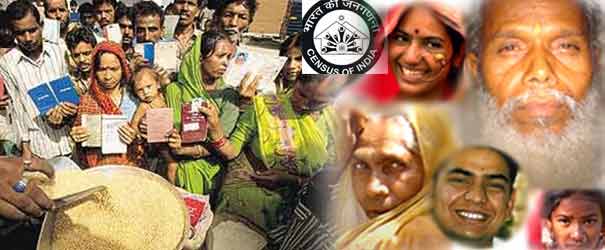Sanam Roohi
 Between 2014 and 2016, I spent long hours of my days sitting on the first floor lounge of the IISc library, either working on my thesis, or publications, or reading something. The relaxed seating arrangements, beautiful trees that peer at you from three sides of the lounge, and, above all, the portrait of Dr. Babasaheb Ambedkar made me give up the serious and staid ground floor reading room for this first floor lounge. While I am hugely privileged to have access to the library, my thoughts do go to the blood and sweat of dalit bahujans spent on building that humongous library.
Between 2014 and 2016, I spent long hours of my days sitting on the first floor lounge of the IISc library, either working on my thesis, or publications, or reading something. The relaxed seating arrangements, beautiful trees that peer at you from three sides of the lounge, and, above all, the portrait of Dr. Babasaheb Ambedkar made me give up the serious and staid ground floor reading room for this first floor lounge. While I am hugely privileged to have access to the library, my thoughts do go to the blood and sweat of dalit bahujans spent on building that humongous library.
For many first generation university graduates like me, the journey towards a PhD studentship and the journey during the PhD to get that coveted degree, require more than hard work and enthusiasm for the subject to keep us going. The doctoral journey often kills creativity, crushes the initial enthusiasm, make students brutally aware of structures of privilege and oppression, and in some cases, defeat the student thoroughly. What many of us then need is tremendous amount of courage and inspiration to not give up and reach the finishing line. The last two years of my PhD were the toughest for me, and I drew my inspiration from three or four sources. One of which was definitely Babasaheb – as if his portrait in the library lounge was silently cheering me on, and firmly asking me to push myself a little bit more.
We all know Babasaheb as the architect of the Indian Constitution, and that is also the point where my formal education about him pulled a full stop. I have an Honours and a Masters degree in Political Science from the University of Calcutta and to think that he never figured as either a political thinker or architect of modern India in our courses feels not only like a betrayal but a very well thought out exclusion. Though I never had a chance to examine what justifications the Bengali intellectual cohort would have proffered to us for this, I got an indication of it once when a Bengali Brahmin Marxist bhadrolok who was also sensitive to the question of caste mentioned with an air of finality –’Ambedkar was after all a liberal!’ It really does not matter that we were taught about Adam Smith and Michael Sandel and everyone in between them. My education had caste-blinded me to such an extent that when I was gleaning over scores of published materials for a compendium on Key Texts on Social Justice in India in 20071, caste did not feature in it. For some reason, religion, class and tribes were the only acceptable forms of ‘identity’ that could be talked of. Why exclude caste then, could be anyone’s guess. Casteism you say? What was that? After all, we were made to believe caste was the remnant of the old order, bound to disappear with advanced Capitalism.
Understandably then, my initiation to the world of Babasaheb was late. It does not mean I was not aware of caste. In one of my early publications, I had explained how beradaris (or jati like groups) was one of the fault lines among Calcutta Muslims2. My own upper caste family was ‘progressive’ enough to emphasise that we should marry good pious hardworking Muslims, never mind the beradari and even class position of these prospective suitors. I never thought of caste much myself; but it does not mean I did not unselfconsciously practice it. I hope to write more about it in another post sometime soon. Suffice to say here that for a quarter of a century, I had spread my ignorance too far to not realise that caste leaves an imprint on our lives in profound (both material and immaterial) ways.
I chose to marry a non-Muslim, very much in love with a man who held the promise of taking me away from the rigidities of conservative Islam I faced in Calcutta. Again, I did not think about caste when doing this; the fact that I would be marrying someone with a Hindu name was enough to give me sleepless nights with questions such as – Am I right in doing this? Will my family suffer because of this? Will I be cut off from my ‘culture’? However, it would be far fetched to say that my would be husband’s class position did not matter. He was an MBA, after all. My own caste bias was working at a subterranean level, because by choosing someone from a particular class, I was by default determining his status (which in India is by and large determined by one’s caste location and where caste often overlaps with class or becomes a vehicle to achieve upward social mobility).
It was after my marriage that I encountered caste as a way of being and belonging more directly. I was a quick learner and started seeing caste in everything myself – from friendships one preferred to make, to the clothes one chose to wear. For my PhD too that started in 2010, I had decided to work on caste. Till then, I associated caste only with practice, behaviour and discrimination. While I was never an ‘anti-reservationist’, I hardly thought of caste as a base on which the political economy of the sub-continent functioned, premised on meticulous social, cultural economic and political exclusion, alienation and degradation of the majority by a minority.
But it was in early 2011 when I first read Babasaheb’s original work – Annihilation of Caste (I needed no annotation to read it) – as part of my compulsory reading for the course Sociology of India. It is one of those rare non-fictions that shook me to the very core. The only thought that kept crossing my mind was how brave, sharp and articulate Babasaheb was, and how profound! 2011 was my year of ‘awakening’ in many senses. In August that year, I saw the film ‘Death of Merit’ and heard Anoop Kumar speak. My interest in Babasaheb only peaked thereafter. Befriending him on Facebook and then following others associated with Round Table India, including Anu Ramdas and Kuffir taught me what all the years of training could not. They are my true teachers and I thank them for their friendship.
In 2015, as a part time teacher, I taught an MA course on Political Thinkers of Modern India in a college, I had to teach my students about Babasaheb! I cannot express the joy I felt in teaching about him to that class! To date, I consider the following my greatest achievement –that year, when my MA class of 20 were asked to write an essay on Gandhi and Ambedkar and analyse who played a greater role in transforming India, 19 out of 20 chose to side with Babasaheb. Today as a full time teacher, whenever possible, nothing gave me more satisfaction than taking Babasaheb to my class.
While I have still a long way to go to familiarise myself with all his writings, I consider myself an Ambedkarite who is aware of how avarnas and pasmandas have subsidised my life. Babasaheb continues to give me inspiration and courage to not give up, and in my own small way I try to follow his dictum – to Educate, Agitate, Organize!
~
Notes
1. Roohi. S and R. Samaddar ed. 2009. Key Texts on Social Justice in India, Sage Publications: New Delhi
2. Roohi. S. 2010. Minority within Minorities: Muslim Women in Kolkata in S Bhaumik edited Counter Gaze: Media, Migrants, Minorities, Frontpage Publication: Kolkata
~~~
Sanam Roohi is Assistant Professor at St. Joseph’s College, Bangalore.










